Vlad Schogol
Approximating probabilistic models as weighted finite automata
May 21, 2019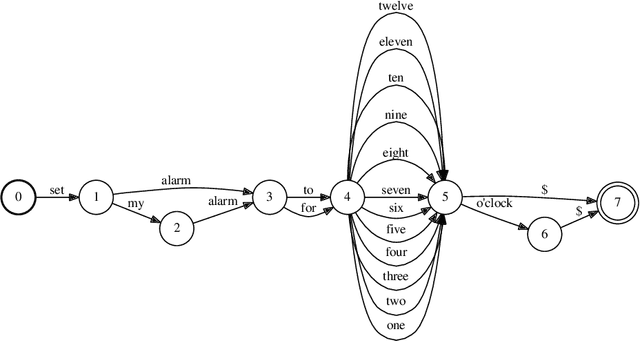
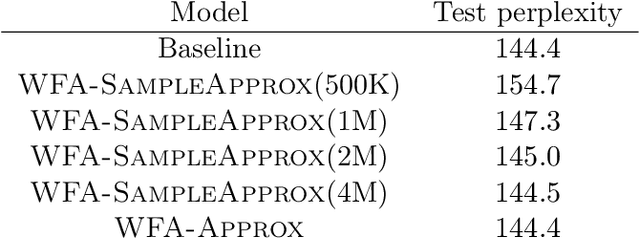
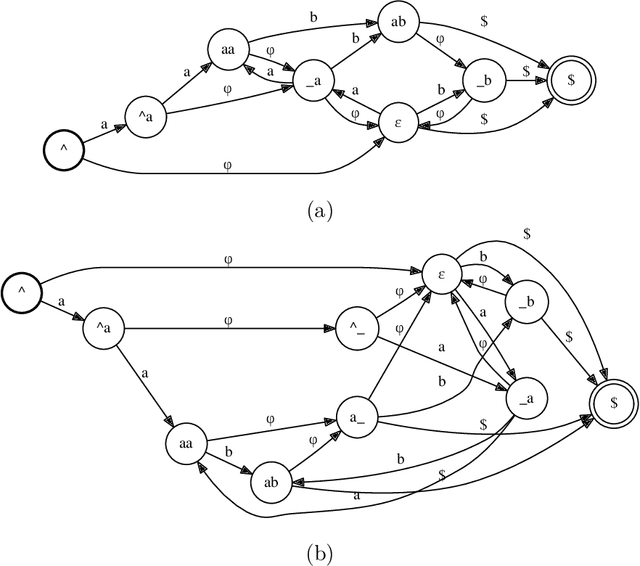
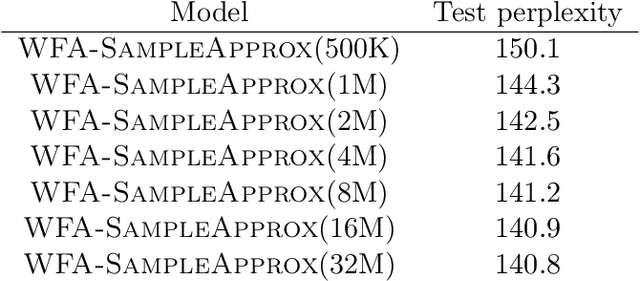
Abstract:Weighted finite automata (WFA) are often used to represent probabilistic models, such as $n$-gram language models, since they are efficient for recognition tasks in time and space. The probabilistic source to be represented as a WFA, however, may come in many forms. Given a generic probabilistic model over sequences, we propose an algorithm to approximate it as a weighted finite automaton such that the Kullback-Leiber divergence between the source model and the WFA target model is minimized. The proposed algorithm involves a counting step and a difference of convex optimization, both of which can be performed efficiently. We demonstrate the usefulness of our approach on various tasks, including distilling $n$-gram models from neural models, building compact language models, and building open-vocabulary character models.
No Need for a Lexicon? Evaluating the Value of the Pronunciation Lexica in End-to-End Models
Dec 05, 2017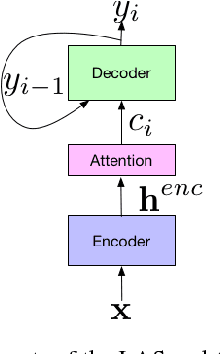

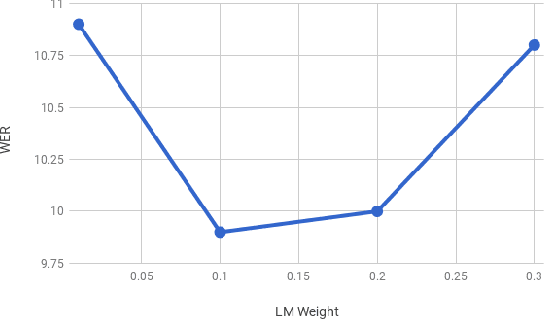

Abstract:For decades, context-dependent phonemes have been the dominant sub-word unit for conventional acoustic modeling systems. This status quo has begun to be challenged recently by end-to-end models which seek to combine acoustic, pronunciation, and language model components into a single neural network. Such systems, which typically predict graphemes or words, simplify the recognition process since they remove the need for a separate expert-curated pronunciation lexicon to map from phoneme-based units to words. However, there has been little previous work comparing phoneme-based versus grapheme-based sub-word units in the end-to-end modeling framework, to determine whether the gains from such approaches are primarily due to the new probabilistic model, or from the joint learning of the various components with grapheme-based units. In this work, we conduct detailed experiments which are aimed at quantifying the value of phoneme-based pronunciation lexica in the context of end-to-end models. We examine phoneme-based end-to-end models, which are contrasted against grapheme-based ones on a large vocabulary English Voice-search task, where we find that graphemes do indeed outperform phonemes. We also compare grapheme and phoneme-based approaches on a multi-dialect English task, which once again confirm the superiority of graphemes, greatly simplifying the system for recognizing multiple dialects.
 Add to Chrome
Add to Chrome Add to Firefox
Add to Firefox Add to Edge
Add to Edge